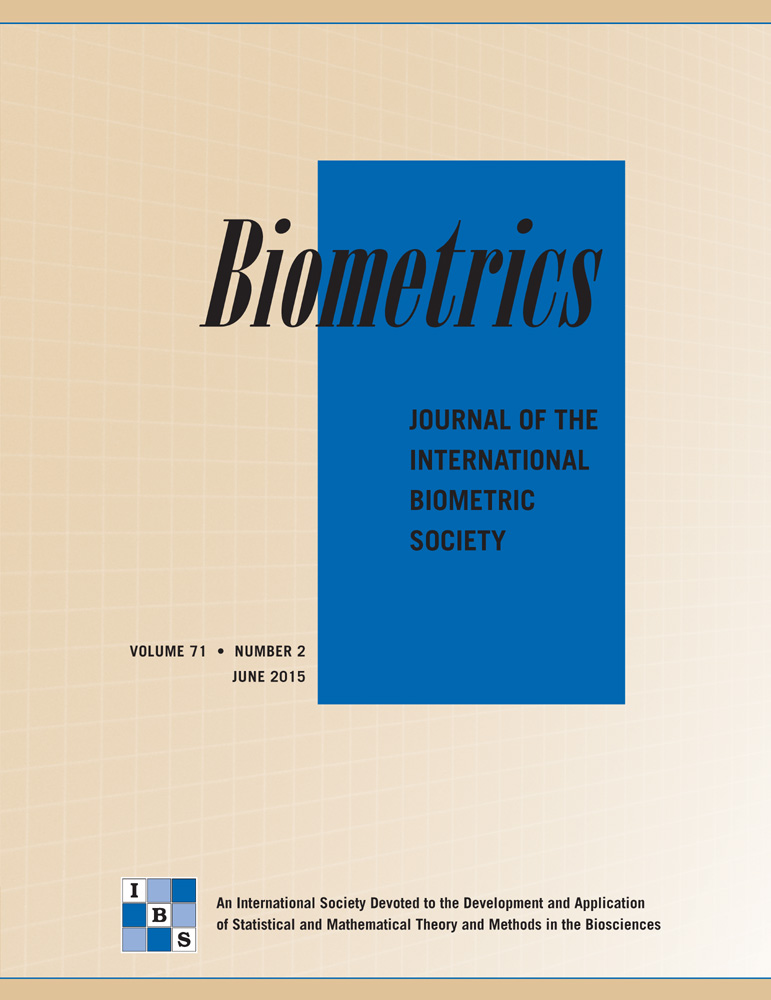Generalized multilevel function-on-scalar regression and principal component analysis
Summary
This manuscript considers regression models for generalized, multilevel functional responses: functions are generalized in that they follow an exponential family distribution and multilevel in that they are clustered within groups or subjects. This data structure is increasingly common across scientific domains and is exemplified by our motivating example, in which binary curves indicating physical activity or inactivity are observed for nearly 600 subjects over 5 days. We use a generalized linear model to incorporate scalar covariates into the mean structure, and decompose subject-specific and subject-day-specific deviations using multilevel functional principal components analysis. Thus, functional fixed effects are estimated while accounting for within-function and within-subject correlations, and major directions of variability within and between subjects are identified. Fixed effect coefficient functions and principal component basis functions are estimated using penalized splines; model parameters are estimated in a Bayesian framework using Stan, a programming language that implements a Hamiltonian Monte Carlo sampler. Simulations designed to mimic the application have good estimation and inferential properties with reasonable computation times for moderate datasets, in both cross-sectional and multilevel scenarios; code is publicly available. In the application we identify effects of age and BMI on the time-specific change in probability of being active over a 24-hour period; in addition, the principal components analysis identifies the patterns of activity that distinguish subjects and days within subjects.




